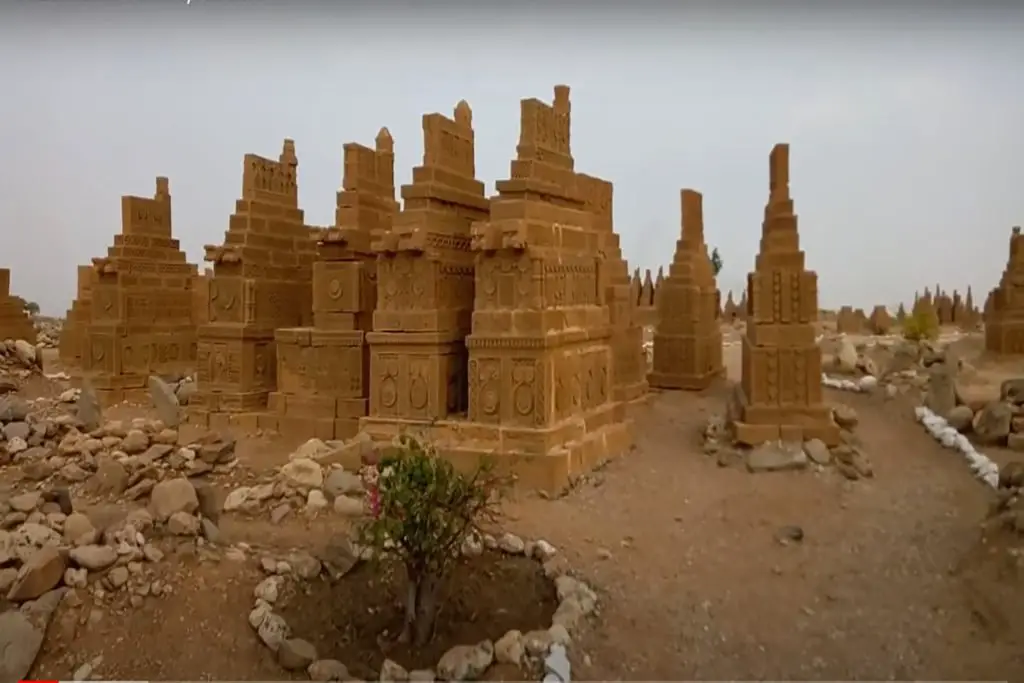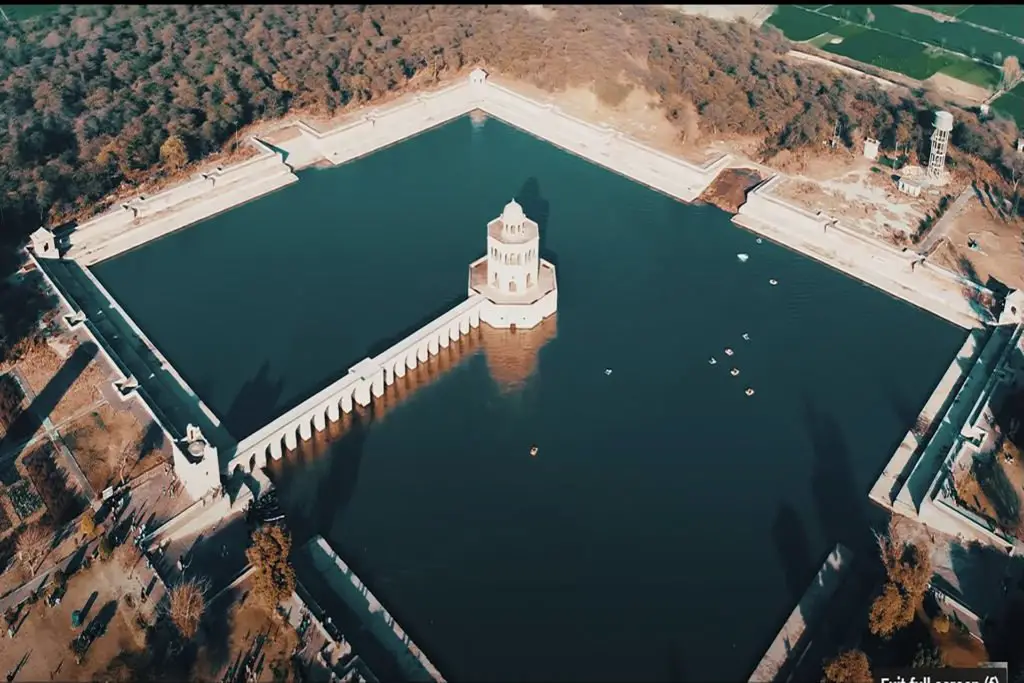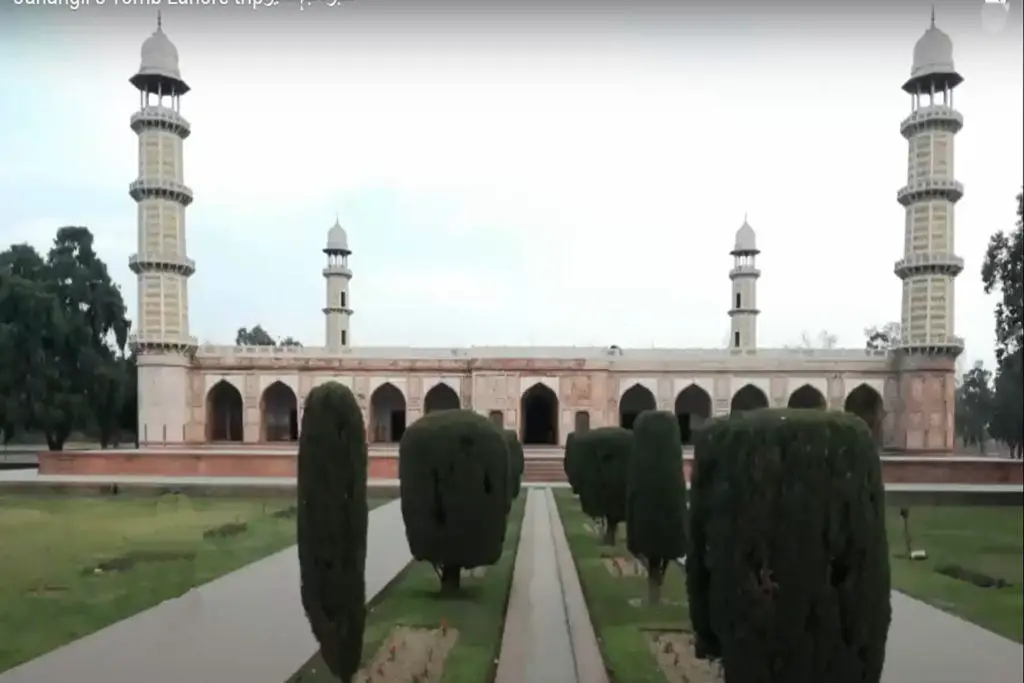Pakistan is home to several historical monuments. There are many historical monuments in our country that represent our past civilization. There are several historical remains of great times in our country. One of these monuments is the Chaukhandi Tombs in Sindh, which are 29 kilometers east of Karachi near the town of Landhi.
Haunted Chaukandi Tombs History
The Chaukundi graveyard is spread over an area of two square miles and contains the tombs of certain warriors from the Saloch families who settled in the area sometime during the 17th and 18th centuries AD. Due to the lack of dated inscriptions on the Chaukhandi tombs, it is difficult to determine the exact dates for them.
The Chaukandi tombs are built on raised platforms in the form of pyramids with decorative stone slabs covered in relief with human and figural designs. Most of the tombs represent family cemeteries and only a few are placed under pillared canopies finished in the Hindu style.
Carvings on some male graves show horsemen with arms; shields, swords, bows, and arrows. Carvings on female graves represent ornaments such as bracelets, necklaces, rings, anklets, etc. Also in the case of male graves, a boss-shaped projection is placed at the northern end to hold the turban of the deceased.
Ornate tombs and mausoleums can be found in cemeteries from New Orleans to Timbuktu that hide bodies above the surface. The most famous of these tombs are clearly the great pyramids of Egypt, but other examples of reverent celebration through decoration can be found around the world.
Location of Chaukhandi Tombs
The Chaukhandi Tombs in Sindh are located 29 kilometers east of Karachi near the town of Landhi.
The Chaukhandi Tombs located near Karachi, Pakistan are a unique example of such burials. Buried from south to north – unusual for the area and time period – these tombs are constructed of huge sandstone slabs that are delicately stacked into a delicate pyramidal shape. The plates were then clearly carefully carved with intricate designs, drawings, and related scenes.
Built between the 15th and 18th centuries, the Chaukhandi Tombs now form a remarkably well-preserved necropolis that often attracts curious visitors and archaeologists alike, but the area is not without its legends.
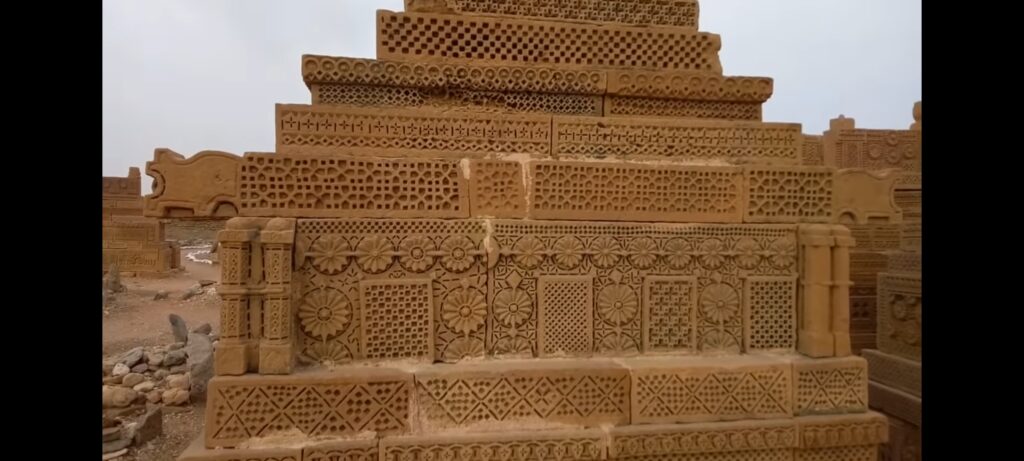
In addition to the elaborate decoration of the Chaukhandi Tombs, another feature that the tombs share with similar necropolises around the world is the local residents’ belief that the area is haunted. The tombs at Chaukhandi are known to be one of the most haunted places in the region, and visitors are particularly warned against entering the cemetery at night.
Avoid visiting Chaukandi Tombs at Night, as the details and artwork on these fascinating pieces are clearly best experienced in daylight. A fact for which many visitors are probably very grateful.
These tombs are attributed to the graves of Baloch, Jam, and Jokhis, which were built during the 15th to 18th centuries, especially during the Mughal rule. The Jokhis belong to the Samma tribe, who are said to be direct descendants of the Rajputs. The more influential the man, the higher his grave.
Chaukhandi literally means four corners and some believe that Chaukhandi is a place name and others take it as an architectural term. The tombs are made of yellow sandstones that were transported from Jung Shahi, a railway station near Thatta. The tombs are known for their structure and texture and skilled stone carving techniques. The beautiful decorations and shapes are exceptionally made and carefully carved with amazing drawings and patterns.
The tombs in the cemetery, with their colorful sandstones and carved decorations, testify that the craftsmen were experts at a professional level. They are decorated with intricate patterns and motifs. They are constructed either for one grave or as groups of up to eight graves that are built on a common platform. The tombs are connected into triangular shapes, which are on raised platforms with decorative stone slabs.
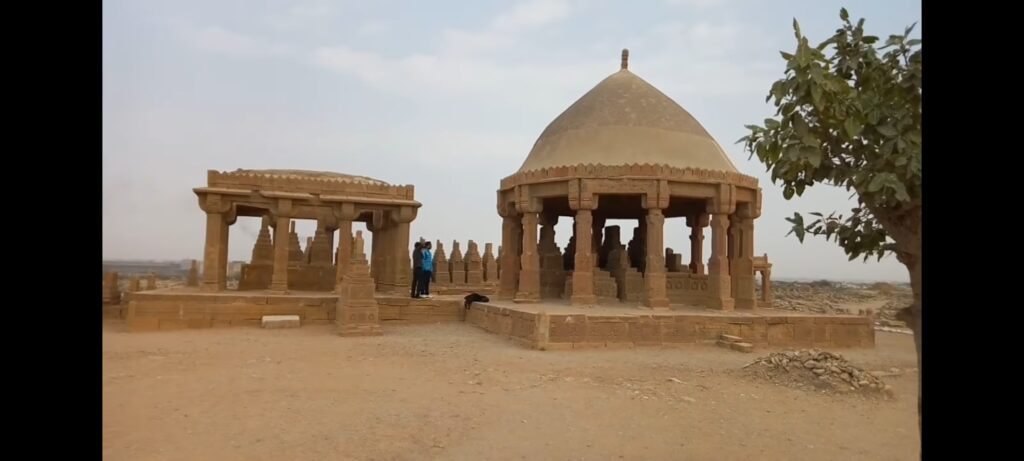
The distinctive sarcophagus has six vertical slabs with two long slabs on each side, indicating the length of the body. The next six vertical slabs are covered by a second sarcophagus, which is smaller than the first sarcophagus, giving it a pyramidal shape. The upper box is further covered with four or five plates which carve it into a knob in the uppermost structure.
The most impressive tomb is the pyramidal structures that are the four chieftains of that time, the rectangular structure is generally 2.5 half feet, 5 to 8 feet long, and 4 to 15 feet high, the geometric design that covers the entire surface is amazing craftsmanship. Works found in recent days in ceramics, textiles, and jewelry in Sindh and Balochistan.
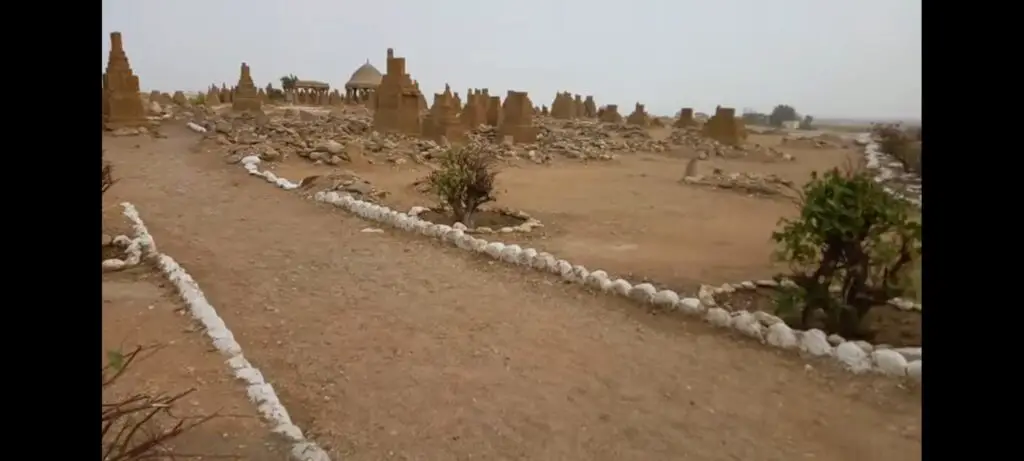
Most of the tombs are family, the rest are made in pure Indian style. The male grave is topped and decorated with a turban and carved swords, shields, swords, bows, and arrows, which are symbols of war and power. The women’s graves are decorated with jewelry such as anklets, necklaces, and earrings. On one tomb there is a horse and a man with a lantern.
Normal graves can also be seen, showing that not everyone could afford stones and engravings at the time. There is a tomb belonging to Jamal bin Bijar who was fond of hunting. People of that time chose to carve on graves as a reflection of their obsessions and hobbies. Graves are named after the dead who lie on them. The two graves of a daughter and a mother on one platform have their architectural name Estad Enaytullah.
Chaukhandi Tomb Area
The tombs cover 2.3 to 3 kilometers. There are 1160 different patterns on more than 600 graves. The tombs are considered to be one of the most haunted places in the area and locals are warned not to visit the cemetery at night. The graves are left unattended. The weather around the tomb is harsh and dust storms are a daily routine that damages the tombs. Annual rainfall can also affect the tombs and deteriorate them.

